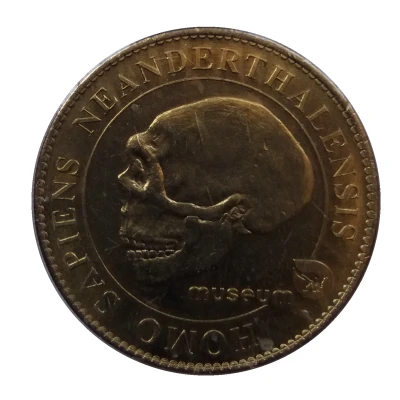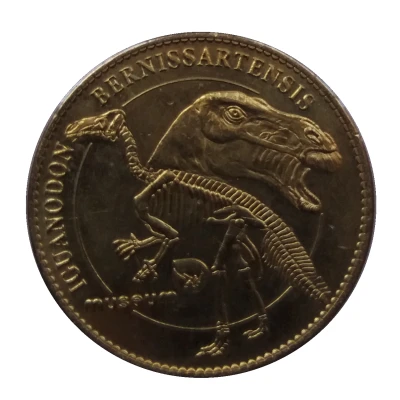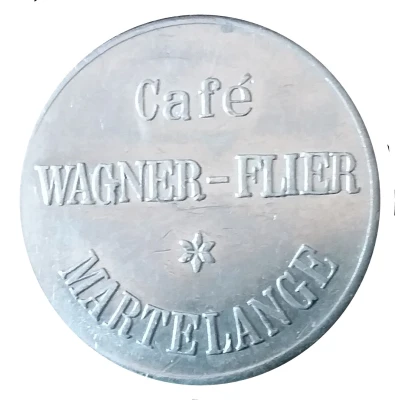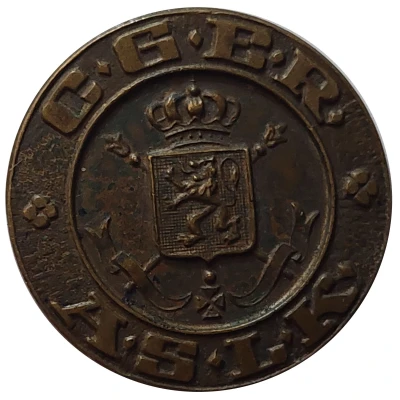
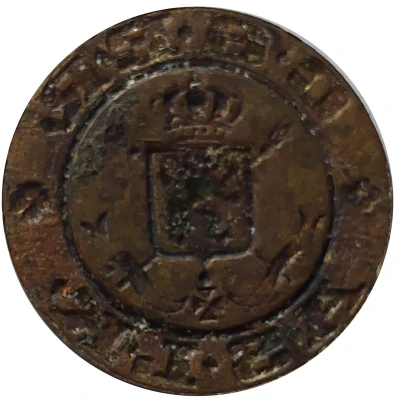

© alitreos (CC BY)
Token - C.G.E.R. ND
| - | - | 30 mm |
| Location | Belgium |
|---|---|
| Type | Medals › Advertising medallions |
| Diameter | 30 mm |
| Thickness | 1 mm |
| Shape | Round |
| Orientation | Medal alignment ↑↑ |
| Updated | 2024-11-12 |
| Numista | N#353875 |
|---|---|
| Rarity index | 97% |
Edge
Plain
Comment
The institution was the brainchild of Belgian statesman Walthère Frère-Orban, who by law of 8 May 1850 created Belgium's Caisse générale de retraite (lit. 'General Pension Fund'), and on 16 March 1865 transformed it into the CGER by expanding it with a savings bank (French: caisse d'épargne).[1] One of Frère-Orban's aims was to mitigate the dominance of the Société Générale de Belgique in the Belgian financial system, a concern that also led to his creation of the National Bank of Belgium in 1850 following limited success of an earlier attempt, the Banque de Belgique [fr], created in 1835 but which underwent financial stress in 1848. Frère-Orban intended the CGER to provide savings and pension services to workers and the general public, taking inspiration from savings banks in neighboring countries and particularly German Sparkassen. The CGER was thus established as a sui generis public-sector entity guaranteed by the Belgian state.[2]In 1870, the CGER started distributing its services through the Belgian network of post offices, making it in practice the country's postal savings system, after having previously used the network of the National Bank.[3] The number of savings accounts (French: livrets d'épargne) held at the CGER grew rapidly, reaching 730,000 in 1890 and 3.1 million in 1913. The CGER was gradually authorized by the Belgian government to diversify its activity into more banking services offerings. In 1884 the CGER started to provide agricultural loans. From 1889 it started providing mortgages to workers and related life insurance services. From 1903 it offered workplace insurance through the Caisse de Retraite pour les Accidents du Travail. In the first half of the 20th century it was heavily involved in the financing of Belgium's housing and agricultural development policies.
